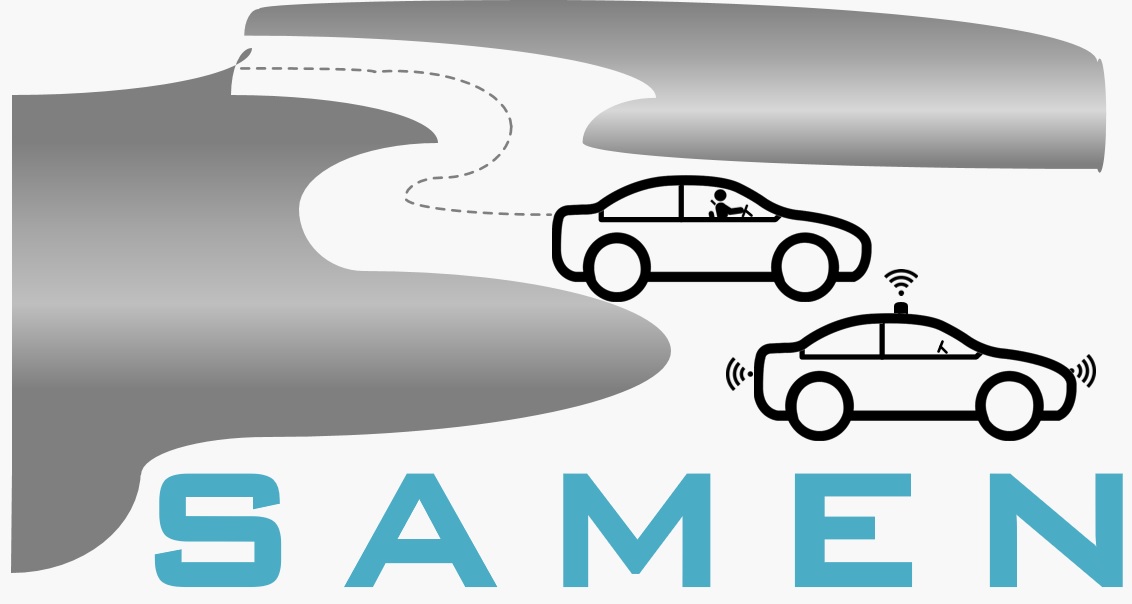Project info
What this project is about?
Vehicle manufacturers and the automotive industry are investing huge efforts and resources in realizing the vision of fully automated vehicles. However, the deployment of these vehicles in traffic will be gradual. This will result in a long transition period, in which vehicles with various levels of automation and traditional vehicles co-existing, resulting in mixed traffic. As a consequence, new types of interactions will emerge between vehicles at different levels of automation. Currently we lack understanding and knowledge on the nature of these interactions and their resulting impacts on traffic flow and traffic safety. There is also a lack of knowledge on how these interactions are affected by the surrounding environment and conditions, such as the physical and digital infrastructure, and penetration levels of automated vehicles. This is what we will investigate in this project.
What are the main project objectives?
This project will have three main objectives:
- Create knowledge and in-depth understanding of the interactions between human driven vehicles and automated vehicles at different penetration rates, and in different road environments;
- Develop mathematical models for the interaction behaviours of human driven vehicles and automated vehicles and implement them in a microscopic traffic simulation platform;
- Assess the implications of different road environment conditions (physical and digital infrastructure), penetration rates of automation in mixed traffic, and connectivity on traffic flow efficiency and safety.
What is our approach?
In this project we will develop a hybrid approach for creating a mixed traffic environment. We will merge the strengths of empirical data collected from field tests using real automated vehicles, with the strength of interactive driving simulators for the purpose of studying human drivers’ behaviour and the role of human factor, and the power of enhanced simulation platform for evaluating the implications of mixed traffic on traffic flow and safety.
Tackling such a complex and multidisciplinary problem requires close collaboration among vehicle manufacturers, road operators and contractors, academia and knowledge institutes.
How this will be achieved?
The project will be composed of three main work packages:
WP-A. Human drivers’ behaviour and modelling in mixed traffic
This work package will create knowledge on human behavioural adaptation in mixed traffic, and will develop mathematical models for the lateral and longitudinal behaviour while accounting for the existence or lack of connectivity (V2I and V2V) and different penetration rates of automation.
WP-B. Automated vehicles’ modelling & Operational Design Domain (ODD)
This work package will identify the hotspots for vehicles at different automation levels and different types of roads using both field tests and simulation, and develop accurate and reliable models and algorithms for hotspots’ features extraction, recognition and prediction algorithms. Solutions (vehicle or/and infrastructure based) for the identified hotspots will be proposed to enlarge the ODD and define the minimal infrastructure design requirements.
WP-C. Implications of (connected/ unconnected) automated driving in mixed traffic on the traffic flow efficiency and traffic safety
This work package will develop a tool for assessing the implications of mixed traditional and automated vehicles, at different penetration rates, on traffic efficiency and traffic safety by implementing the developed models in WP-B in a simulation platform. Following this, recommendations with respect to the design of roads for mixed traffic, and the digital infrastructure requirements will be proposed.
